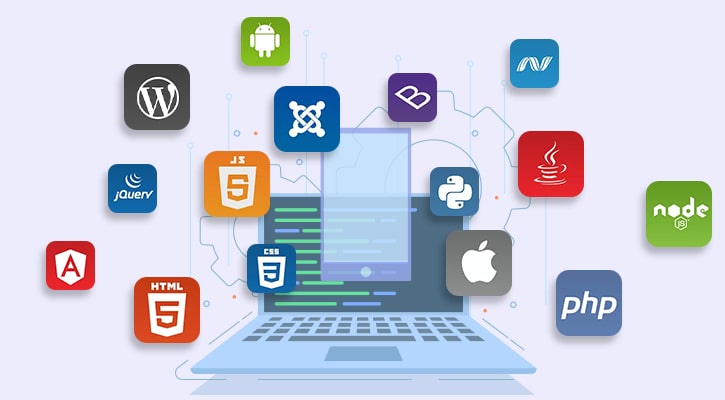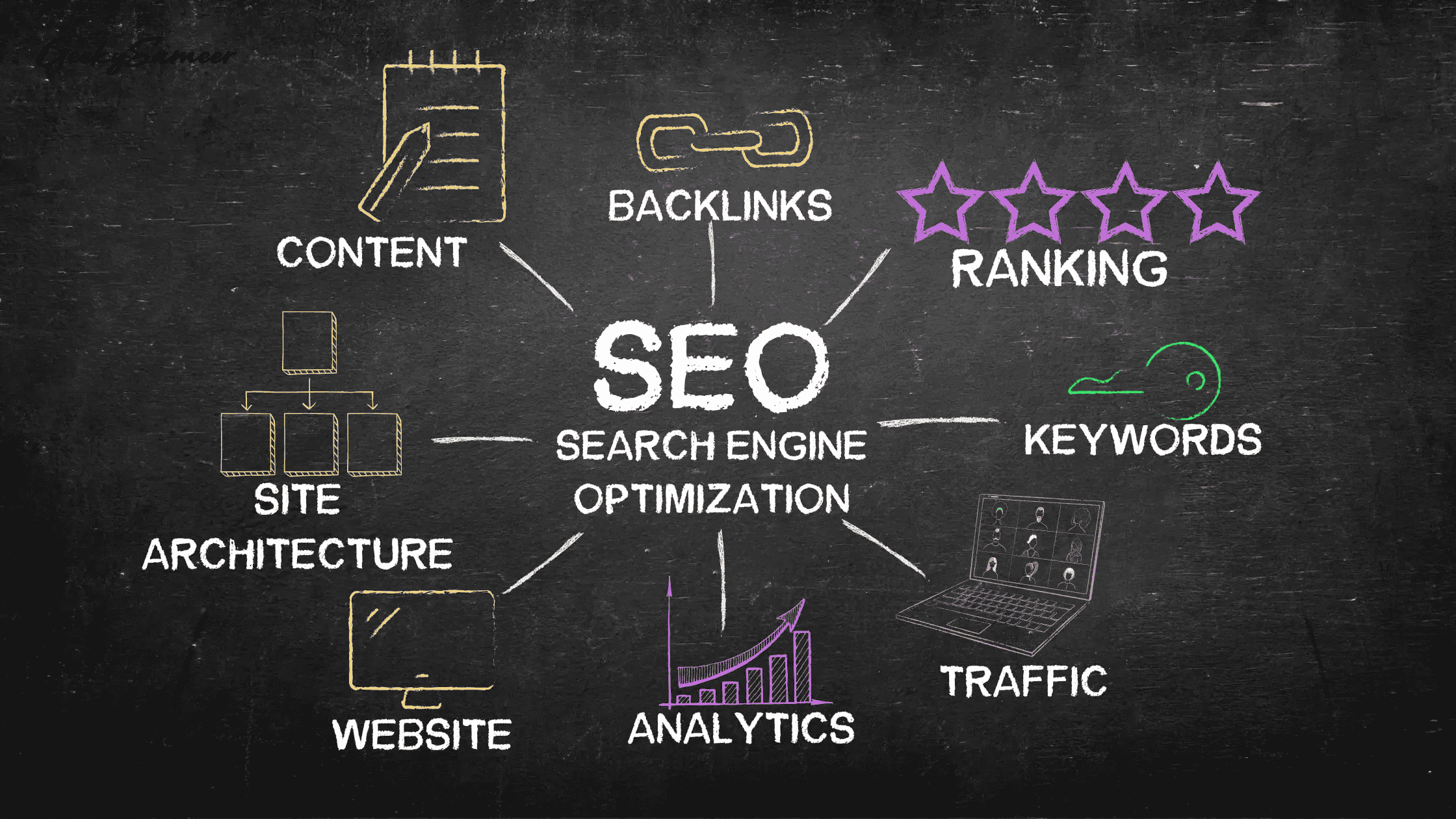Clarifying the Duties and Functions of a Full Stack Developer
The position of Full Stack Developer is one of the key players in the contemporary technological world of software development. The multidimensional professional has multiple skills that enable him to navigate with ease through the front end and the backend technologies. There is a lot of need for Full Stack Development experts because they can negotiate through an entire process of web development thereby forming great help for a tech team.

Who is a Full Stack Developer?
One can say that a Full Stack Developer is a polymathic person when it comes down to the virtual universe. They are skilled in frontend and backend technologies, making it possible for them to handle all aspects of web application development. They have knowledge covering all the aspects of the software stack starting from designing user interfaces, to managing databases and servers.
The flexibility of a full-stack developer
To hire a full-stack developer means you recruit a person ready with many programming language tools and frameworks. They can speak languages such as HTML, CSS, and JavaScript, including React, Angular, and Vue.js front-ends. They also interact with languages such as Python, Ruby, Node.js, and PHP along with frameworks like Django, Ruby on Rails, Express, and Laravel at their back end.

However, their skills do not just stop at coding. They understand databases, being able to operate with SQL and NoSQL databases such as MySQL, PostgreSQL, MongoDB, or Firebase. They can control server configurations, and application implementation using clouds such as AWS, AZURE, or Google Cloud, as well as basic knowledge of safe communication security. Thus, they may be called a cloud engineer as well.
The Responsibilities of a Full Stack Developer
Full-stack development is complex in that it has dynamic, never-ending roles and functions. They involve:
Developing and Maintaining Web Applications
Full-stack developers participate in all phases of a website development process, from idea generation to delivery. They create user-friendly user interfaces to provide uninterrupted operations across different platforms of devices and browsers.

Backend Development
Tasks such as managing server-side logic, databases, and application integration are major. Behind the scenes, they make sure that the application’s backend works well, securing and processing data correctly.
Troubleshooting and Debugging
Finding bugs and resolving them, as well as addressing performance problems—this constitutes an important part of their role. Full Stack developers perform tests, debug codes, and tune-ups to apps that improve their performances
Collaboration and Communication
Thus, they collaborate with designers, other developers, and stakeholders. Understanding the requirements of the projects and coming up with good-quality solutions requires effective communication skills.

Continuous Learning and Adaptation
Technology is evolving very fast such that Full Stack Developers need to keep relearning new tools, languages, and frameworks for them to remain in business.
How can a full-stack developer help in building a SaaS business?
A full-stack developer is like a Swiss Army knife for building a SaaS (Software as a Service) business. They are multi-talented experts who can handle both the front-end and back-end of software development. It means they can manage everything from the appearance of a SaaS application to how it works and stores information.
Create User Friendly Interface for the Software
Full-stack developers are great at making SaaS applications look good and easy to use. They work on the front end, which is everything users see and interact with.

They make sure the design is clear and the navigation is easy, so people can use the software without any confusion. It is super important because if a SaaS application is hard to use, people might not want to use it.
Building the Backbone of the Software
Every software does have a backbone that works as its engine. Full-stack developers are the engineers who build and maintain this. It involves all the technology that runs in the background, like databases and servers. This part is crucial because it keeps the software running smoothly and securely. If the back-end isn't strong, the software might be slow or have problems, which is bad for business.
Amazing Adaptability
Another big plus of having a full-stack developer in a SaaS business is that they are adaptable. Since they know a lot about both front-end and back-end, they can quickly switch between different tasks. This is really helpful in a SaaS business where things change fast and often.
Cost & Time Efficient

Also, full-stack developers can save time and money. Instead of hiring separate people for front-end and back-end jobs, a SaaS business can rely on full-stack developers. This makes things simpler and more cost-effective.
Conclusion
The position of a full-stack developer is still very crucial in today’s world which keeps on changing so fast in the sphere of software creation. This is because they can fill in the gap between front-end and back-end technologies when handling multiple responsibilities and become irreplaceable components of a tech team. A Full-Stack developer encompasses a broad array of experience that is tailor-made for meeting the manifold needs of contemporary web development.
Regardless if it is a startup or a traditional company, a Full Stack Developer is included in the team which guarantees a whole-view on web application development promoting innovativeness and efficiency at the same time. You need to consider including a full-stack developer in your workforce if you want to simplify your development process and develop strong and scalable apps through which your business will be successful.




